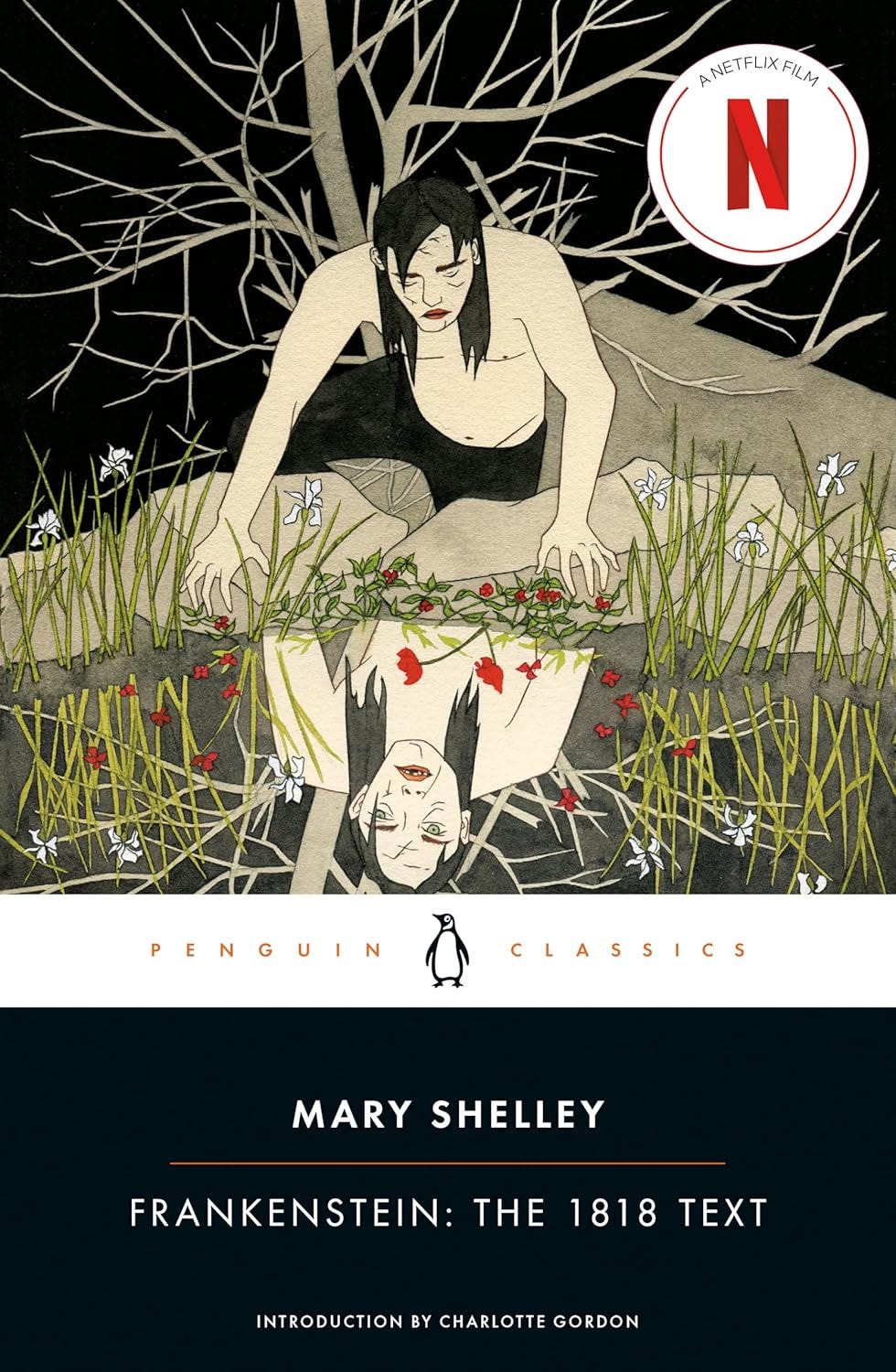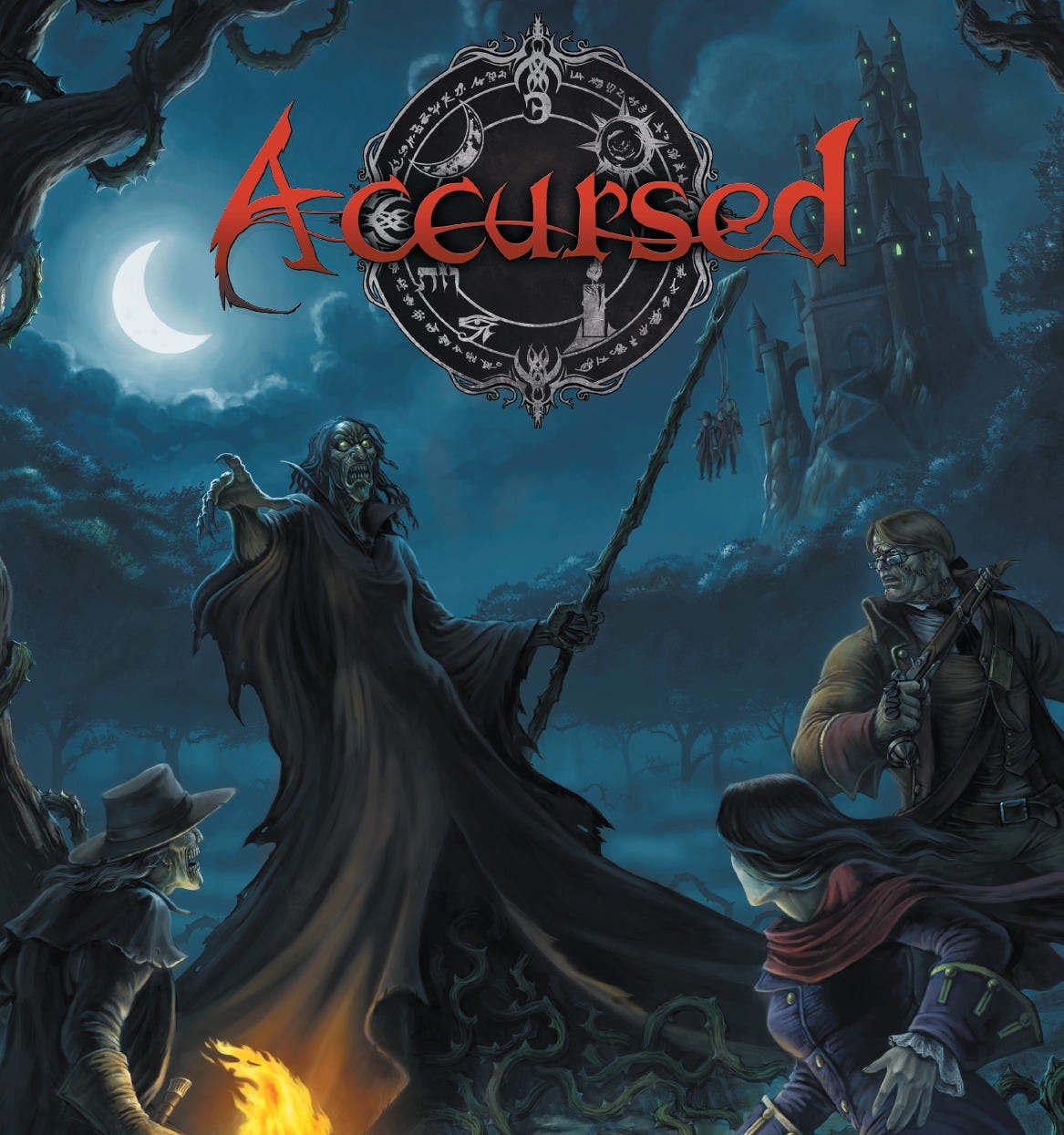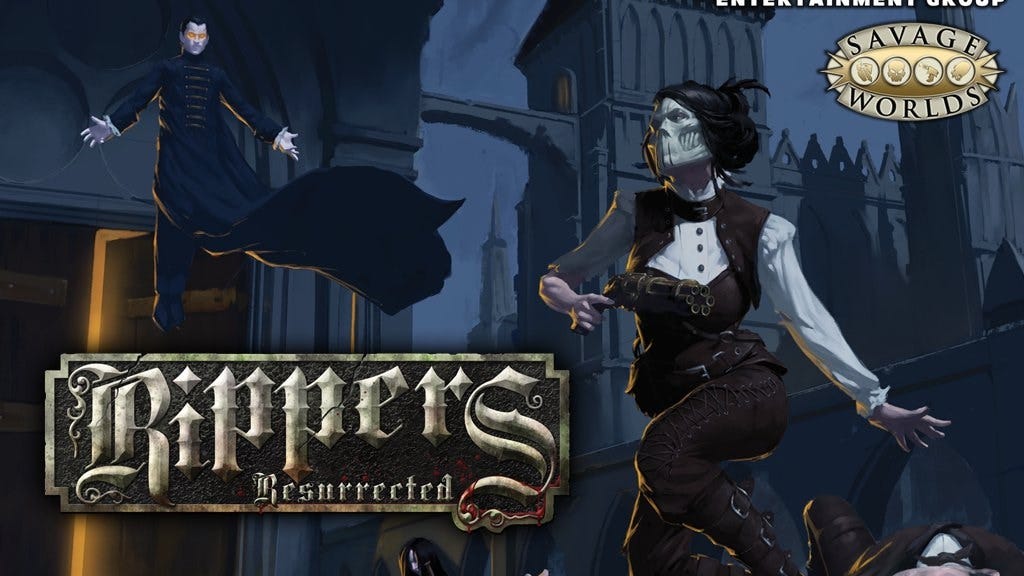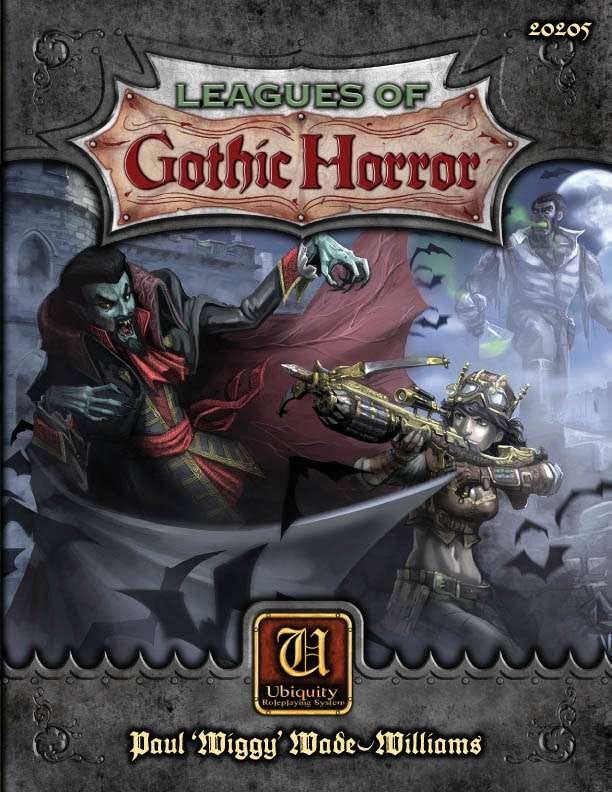Weekly Geekly Frankenstein Edition
October 3, 2025
Every now and then I try to have my Weekly Geekly entries have a theme. I don’t want to do it too frequently because the main highlight of writing these, for me anyway, is writing about all of the cool stuff happening on other blogs and Substack newsletters and the things that interest me there are guaranteed to not fit the theme. Back in 2024, I did a Weekly Geekly focusing on Jane Austen because I believe she is the Greatest Novelist in the English Language. It was an easy post to write and I could have shared many more things Jane Austen. Since her birthday is coming up in December, I might do exactly that. It is not December though, it is October and that means it is a time for frights.
As we move from the bright and long days of summer into the darkness of winter, we witness the plants of around us enter into a slumber that will let them re-emerge next spring with vibrant colors. It is a slumber that looks a lot like death. Trees that provide protection from the sun and rain become skeletons offering only jagged shadows that can play upon the imagination. Fall is the perfect season to contemplate mortality and cool air isn’t the only thing that brings a chill to the back of our necks.
In the sinister season that surrounds us, there is no better time to do another themed Rundown and what better theme than one of the singular most important creatures of terror ever invented, Frankenstein’s Monster?
For quite some time there has been a meme going around that says, “Knowledge is knowing that Frankenstein was not the Monster. Wisdom is understanding that Frankenstein was the Monster.” The long time D&D gamer in me is screaming at me to edit that and change “knowledge” to “intelligence” since gamers often discuss the difference between those two abilities1. The pedant in me wants to post a galaxy mind meme with a follow up clarifying that both Victor and The Creature are monsters.
Victor, mirroring Percy Bysshe Shelley is a father with no interest in parenting. He is also a god who has no interest in caring for his creation. More than that he is a coward who let’s others die unjustly when he could save them from the thing he created. He is a vile figure whose worst act was not the creation of The Creature, but his willingness to allow all around him to suffer and die rather than to take responsibilities for his actions. Mary uses Victor to present a lot of arguments about the nature of companionship, society, and science and he fails to do “the right” in all of those domains.
The Creature, that thing we pity as it is spurned by its creator, is as cruel as it is physically corrupted. It knows that it is not beautiful. It knows that is one of the reasons its petty creator rejected it. Mary also knows that we can take pity on those rejected unjustly, so she pushes the cruelty of The Creature in our faces to remind us that having been rejected by his God, The Creature has chosen evil. While his murder of Henry Clerval could be seen as a just action that prevents Henry from engaging in colonial cruelty, and I think there is merit to that interpretation, his murder of William is a grave sin. William is a bundle of pure joy and innocence. He could be the means of a new connection with society, instead The Creature kills him because he is a reflection of his creator. He then frames Justine for his crime and allows another to die for his sins.
It should be noted that Victor also allows Justine to pay for his sins. While The Creature kills William, both Victor and The Creature are culpable in Justine’s death. Both are monsters and both reflect how monstrous we as people can be when we abandon the spiritual and natural connections that bind us.
Mary Wollstonecraft Shelley’s novel is a thing of beauty and should be read by everyone in both it’s 1818 version and the more commonly read 1831 version. People should also read her novel The Last Man, a novel that rings particularly true in a post-pandemic world. Frankenstein connects with us, so let’s explore some geeky ways we can experience this connection this Halloween season?
The Lamentations of Luke Y. Thompson
Luke has a couple of articles on his
site covering the L.A. Comic Con. It’s a relatively small convention that lacks the spectacle of the San Diego event, but that also means it’s a bit more intimate and easier to gain access to creators. Heck, I was able to chat with one of my favorite artists, Lee Moyer, at a local Boise convention a few weeks back. As much fun as SDCC is, the local events are much more my vibe these days. I decided to focus on Luke’s coverage of a panel discussing Universal Studios annual Halloween makeover. Universal may not have intended it to get this big at first, but Halloween Horror Nights is one of the big cultural events in LA and one of my friends works over half the year to make sure that the sets and everything create the best experience possible for attendees.I’ve avoided most of the “big outlet” coverage of Disney+’s Marvel Zombies cartoon. In part because a lot of them will say something like “Marvel Zombies Learned Lessons from The Walking Dead on How to Tell Good Zombie Stories.” Well, yeah, sure. Because they were both created by Robert Kirkman. That’s like saying that Blade II uses the same color palette as Cronos. The statement is true, but it’s true because Blade II and Cronos were directed by Guillermo Del Toro and his films have a palette that he developed over years of film making. It shouldn’t be surprising that things created by the same person share creative elements or have learned from one another. A better article would be about how Kirkman didn’t apply is “slice of life” approach from The Walking Dead when he wrote Marvel Zombies and instead shifted to a subversion of the traditional Comic Book heroes vs villains story. When Galactus, the World Devourer, arrives in Marvel Zombies, his encounter is very different than the original and that was cool. Anyway, Luke doesn’t make that mistake. He understands both horror and comics and so his approach to the review is very different, and refreshing.
I love the connection between literature, history, and pop-culture and
, over at her Substack, does a great job of looking at the historical aspects of art in a variety of media. In a recent post, she discussed the origin of the term Gothic and connected it to modern uses of the term. The examination of the term and how it applies to Gothic literature adds a wonderful context and I imagine will make my next reading of The Castle of Otranto will be even richer for the context.The ever readable, and listenable,
has a really fun article about a knock-off lightsaber that beat the real one to the market. The Force Beam laser sword sounds like it was a great toy and like The Retroist, I’m baffled by the fact that the companies making them didn’t get sued into oblivion.The
has an interesting discussion of the trend in modern role playing games to allow for an almost unlimited combination of ancestries and the narrative consequences of these options. The mechanics of the game always speak to some kind of underlying setting and when you allow Frog-Turtle-Butterfly hybrids, this says something about a lot of different things from biology to sociology. There are some very valid reasons to allow a variety of options in a core rulebook, but allowing all of these options in a particular setting can lead to some pretty absurd conclusions. I personally think allowing any and every option undermines verisimilitude, but I also try to accommodate my players desires into campaign play. Most often the players want the combination of abilities and not necessarily the combination of biology and culture and I can work with that in most cases.Then again, there’s the campaign world I’ve been working on for the past few years. It’s inspired by the gunpowder fantasy of Brian McClellan, Cameron Johnston, and Susanna Clarke. I am creating a world where magic died about 1,000 years ago during the Fey War when the Avatar of the Elf King used his power to rip the DragonCrags from the Earth and crash them into the Blighted Plains. This action created a rift in time and space that transported all the Fey races into the Feywild where they engage in a continuation of the unending war between the Seelie and Unseelie Courts. It has only been in the past 100 years that members of the Unseelie Court have found that they can use shadowy doorways to re-enter our world and these re-entries have caused a revival of legends of evil Fey and let magic begin to trickle back into the world.
There’s a lot more to the setting, but one of the key things I wanted to emphasize is that Fey are viewed as EVIL and that Redcapped Gnomes are among the most feared and hated of the mythical creatures because they steal children and eat or enslave them. When I pitched the setting to my players, what was the first character proposed? A traditional Gnome Bard…silly and everything. Since I am about “emergent,” rather than scripted, play I allowed it, but the player spent a long time pretending to be a non-Fey Halfling and finding ways to hide his black soulless eyes using magic. The player also agreed to be a defector from the Unseelie to the Seelie Court so that he could be a harbinger of the eventual return of the Gods.
has done a lot of great design work with the Kal Arath role playing game and setting. It’s a great game for solo play and it’s based on a simple game mechanic of rolling 2d6 and trying to get a result of 8+ for success. Recently Castle has begun taking a look at the original game that presented this game system, Traveller, and it’s interesting to read the observations. Like Castle, I tend to prefer fantasy to science fiction, but I’ve always found the world building rules in Traveller to be immensely helpful in designing for any setting.As you know, I’ve been writing my (mostly) weekly recommendations for films to watch during the Scary/Spooky Season and
Substack was one of the things that inspired me to try that this year. Faintest is a film fan who hasn’t historically thought of herself as someone who likes horror movies, but is making an effort to watch a ton of classics this year. The first entry in her viewing marathon review is a fun read and well worth your time. Check it out.I’ve long been a fan of
‘horror moments’ Newsletters, but I have to say that with her exploration of Edward Gorey she had truly dialed the series up to 11 to provide some of the most wonderful reads. This week’s entry centers on a tale of a child who suffers a most unfortunate fate as she is sacrificed to the Insect God. Dr. King touches on a lot of the underlying social criticism one can infer from the story and makes an interesting comparison to the fairly recent horror film Society. I was reminded of the connection between insects and the unclean and the not so recent role playing game The Shab-al-Hiri Roach which asks the very challenging question, at least for people finalizing their dissertation, “are you willing to swallow a soul-eating telepathic insect bent on destroying human civilization if it will get you tenure?” Like many of the games of the big indie rpg boom of the mid-2000s, the game is sadly out of print, but you can download a copy of the original version here.Franken-RPGs
Professor Dungeon Master hasn’t done as much role playing game content lately. The YouTube algorithm doesn’t incentivize straight rpg material and commentary on Critical Role helps pay the bills. Back when we was creating more content, he wrote and ran an adventure based on the novel Frankenstein. It’s a pretty cool adventure that comes at a reasonable price.
Accursed by Melior Via (and soon Star Anvil Studios)
It will be a while before this one returns to print because they have to update the rules to the latest edition of Savage Worlds, but this is a great game in an interesting setting inspired by gothic horror like Frankenstein. In this particular variation on the horror trend, the PCs play monsters fighting against the Great Hag.
Ravenloft for Advanced Dungeons & Dragons and Dungeons & Dragons
The Ravenloft module for Advanced Dungeons & Dragons was inspired by the Hammer Films version of Dracula and it inspired an entire setting for the second edition of the Advanced Dungeons & Dragons game. The module is an absolute classic that changed how modules were written forever and marked a shift from tactical/puzzle modules to storytelling based modules.
The Ravenloft setting features a realm based on Mary Wollstonecraft Shelley’s novel called Adam’s Wrath in which the player’s characters can attempt to stop Adam from murdering Doctor Victor Mordenheim’s wife.
Rippers for Savage Worlds
Have you ever wondered what the world would be like if monster hunters could rip out the organs of werewolves, vampires, and golems and bind them to their bodies like cybertech in order to become more effective monster hunters? I hadn’t either, until I read Rippers for Savage Worlds. Ever since that day I’ve been eagerly awaiting a movie or tv series based on the property. Doctor Frankenstein, and his Creature, play a relatively unique role in the setting so no spoilers. Just buy it and have fun.
Leagues of Gothic Horror by Triple Ace Games
If you want a less “ripper-punk” and more “steampunk” look at fighting Gothic monsters, then Triple Ace Games Leagues of Gothic Horror is right up your alley. Paul “Wiggy” Wade Williams is one of my favorite game designers, and he’s written a ton for Savage Worlds, and his “Leagues of…” games are easy to play, well balanced, and well written. Check it out.
Returning to the theme of Frankenstein and his creature, it’s time to wander into the world of melody, harmony, and minor keys. I’ve picked four songs that I really enjoy that all feature Frankenstein in one way or another.
The first entry is Edgar Winters Group’s classic rock HEAVY synthesizer extravaganza Frankenstein. The song was written to demonstrate how synthesizers could be used in a manner similar to guitar to provide a heavy feel and the song succeeds marvelously. Winters wasn’t quite Keith Emerson when it came to the keyboard, but this song is straight fire.
I don’t think any horror rock recommendation list would be complete without a reference to Alice Cooper, one of the founders of horror rock and a key figure in glam. His song Feed My Frankenstein is a fun romp and Alice is always worth a listen.
I remember when I first saw the band that performs the next two songs. A couple of friends of mine and I drove from Reno to San Francisco to watch a show at the Fillmore that had been put together by Jello Biafra. One of my friends was a big Dwarves fan and I went for the overall experience. I’d never heard of Electric Frankenstein before their first guitar riff hit my eardrums, but I’ve been a fan ever since. They were pure rock and/or roll of a kind that isn’t made very often. It wasn’t really made at the time and it isn’t really made today.
Okay, that last song was just a song by a band named Electric Frankenstein and it didn’t have any “horror” elements to it, so how about the E.F. Theme? His mother is electricity and his father’s a corpse…
Because I’m recommending 61 movies over the Scary Season, I’m going to limit this to a single very off-beat recommendation. I am going to recommend a film that I defended as the perfect inspiration for a role playing game back when I wrote freelance articles for The Robot’s Voice. I’m recommending the schlock-horror action film I, Frankenstein.
I know, I know, you are wondering “I, Frankenstein. Are you fucking kidding me?” No. I am not kidding you. In the future, I’ll take some time to rewrite my long defense of the film but I don’t own the rights to the article I wrote and this is not a portfolio, so I’ll just have to share a link to the article archived on the old Robot’s Voice website.
Is I, Frankenstein a good “Frankenstein” movie? Not even close, but like the Tom Cruise version of The Mummy there is something there that hints at a greater underlying narrative. In my personal headcanon, Tom Cruise’s character in The Mummy is Victor’s creation. It is for that reason that he keeps surviving what should be fatal injuries. No, no, you say, “that’s because he’s The Mummy’s chosen lover!” No, no, I respond. That didn’t save her last lover from being killed. She chose Cruise’s character because he will survive! He is the perfect host for her returned lover, but he resists. That’s my headcanon for the Dark Universe that would have had Superman Dracula (from Dracula Untold), Cruisenstein, and some version of the Wolfman fighting against Mr. Hyde and the Devil (who was shown at the end of Dracula Untold). It would have been EPIC!
Like that potential Dark Universe, I, Frankenstein has an underlying mythology that would make for one helluva great role playing game campaign. There are times when I just want to watch Frankenstein blow up a bunch of demons and this is the perfect film for that high concept mashup.
Ray Winninger, a former Executive Producer of the Dungeons & Dragons game shared a style guide recently clarifying that SIWDCC were abilities and not attributes.
























In some markets, John Tesh hosts a syndicated radio show called "Intelligence For Your Life" and it makes me grind my teeth, because shouldn't it be "Knowledge" instead?
I’m still waiting for the Marioeinstein